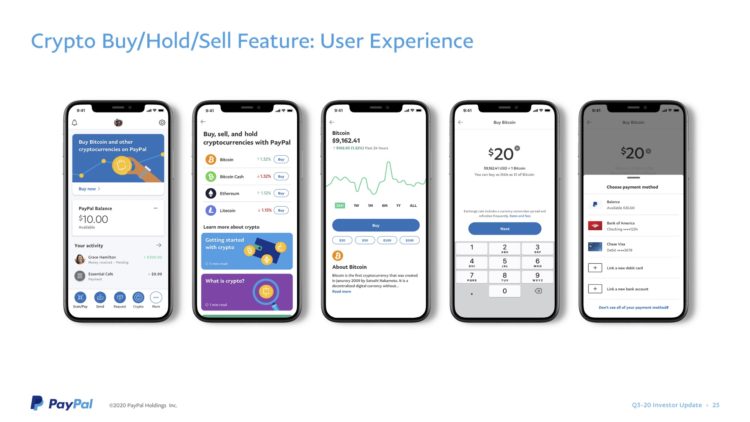Member Exclusive, Payments
PayPal’s new plans focus on owning more of the ecommerce transaction
- PayPal has massively grown its payment volume, but not its engagement metrics.
- PayPal's recent earnings call show a company with expansive plans for its digital wallet.








